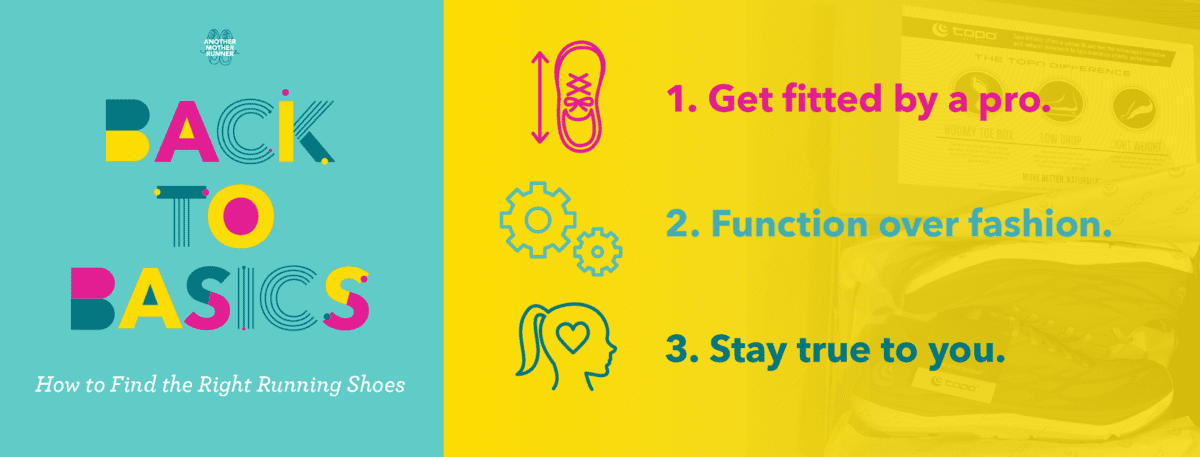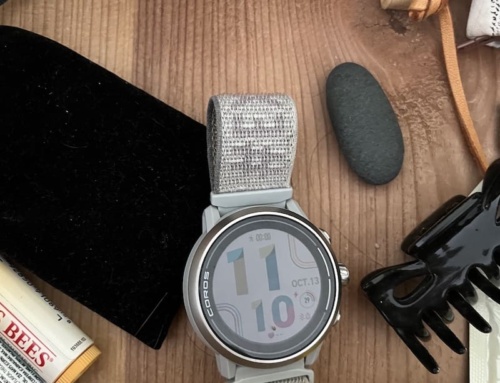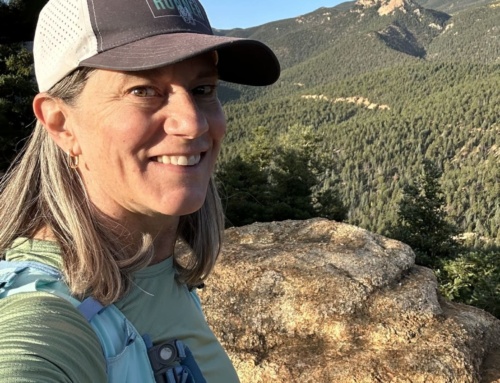
When it comes to the perfect running shoe, we’ve been around long enough to see fads come and go, and we’ve tried just about every brand, style, and trend under the sun. We’re talking stacked heels to practically barefoot. (Vibram Five Finger shoes, anyone?) So yes, we know a thing or two about how to find your sole mate.
Fortunately for you, there are no secret tips only the pros know, and you don’t need to make a deal with the devil for a perfect pairing. The best advice we can give you is simple and direct, so read on to find your perfect running shoe.
#1: Get fitted by a pro.
As we wrote in Run Like a Mother, brush aside your feelings of intimidation and head to a local running specialty store. It’s likely someone with chiseled calf muscles and speed like Shalane Flanagan will measure your feet and watch you run (on an in-store treadmill or track, or on the sidewalk outside), but tell your ego to please step aside and trust the process.
Once they have chatted with you to determine your mileage, needs, goals, foot type, and price range (give honest, proud answers to all the questions), the sales associate will bring out several options for you to try on and consider.
Resist the urge to skip this step and head directly to BUY NOW. Sure, you can order a shoe online and have it shipped to your front door, but you’ll be omitting the secret sauce (a human being that knows feet and shoes and running) that determines the best results.
#2: Function over fashion.
Were you recently scrolling through Instagram and spied the cutest shoes ever on another runner? We feel you on this one: you just have to have your favorite color blue with the silver and midnight accents to go with your new running jacket. But if they fit you as well as your jeans from middle school—read: they don’t—it doesn’t matter how beautiful they are because you’ll be sidelined by injury.
The perfect running shoe is about fit, feel, and function, not how fashionable it is. Save the cute shoes for date night.
#3: Stay true to you.
Your running partner loves a minimalist shoe, and that mom at preschool drop-off is always sporting a cushy stability shoe. Those options might make them feel like they are prancing on clouds, but if they don’t accommodate your weekend long runs or offer enough room for the bunion on your left foot, they aren’t good options for you.
Flex those you-know-yourself-best muscles and ignore what others are doing. Stay true to your own needs and laser focused on your running habits and training goals.
#4: Shop in the late afternoon.
You can count on your first-grader to want the exact same lunch day in and day out, but you can’t count on the size of your feet to stay the same throughout the day—or while running.
Sampling running shoes first thing in the morning before your feet have had a chance to expand is a no go. You might purchase a pair that feels great in the store but could have you hobbling after the first mile. A correct fit is easier to find later in the day when your feet are at their most puffy.
Feet also tend to swell during running, which means your toes can feel crowded and the conditions are ripe for blisters. Most experts suggest going one-half size larger than normal to compensate for the expansion.
#5: Be willing to spend some money on yourself.
The price tag on a new set of running shoes can cause some sticker shock. Depending on your budget, it can be hard to justify the expense. But this isn’t the time for bargain shopping. Scrimping now might save you a few bucks today, but it could cost you down the road with sore ankles (at best) and physical therapy co-pays (at worst).
Once you’ve found a brand and style that works for you, you can be a little more savvy and watch for sales. For now, you’re making an investment in yourself and your body. Recognize your worth for what it is: priceless.






Leave A Comment
You must be logged in to post a comment.